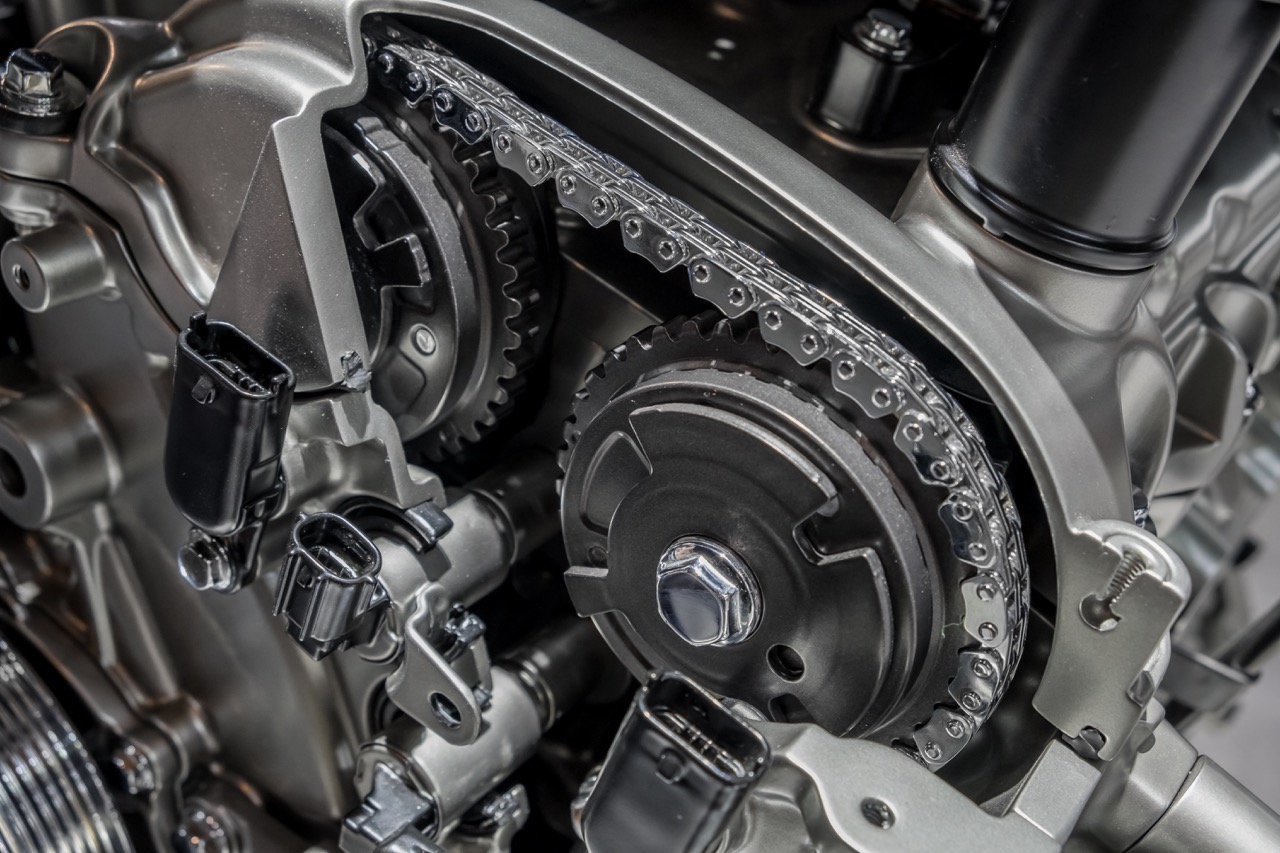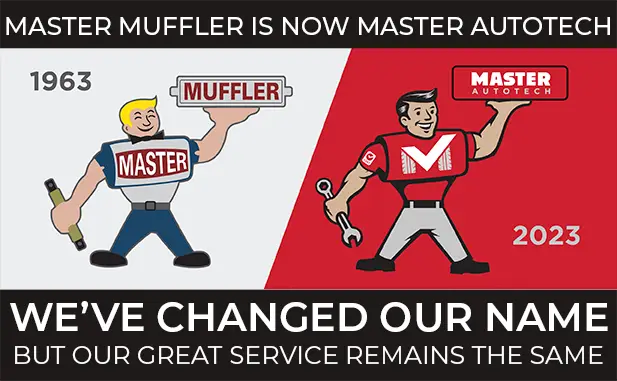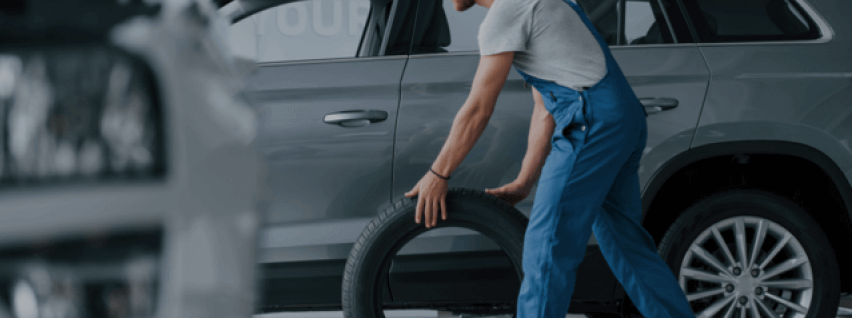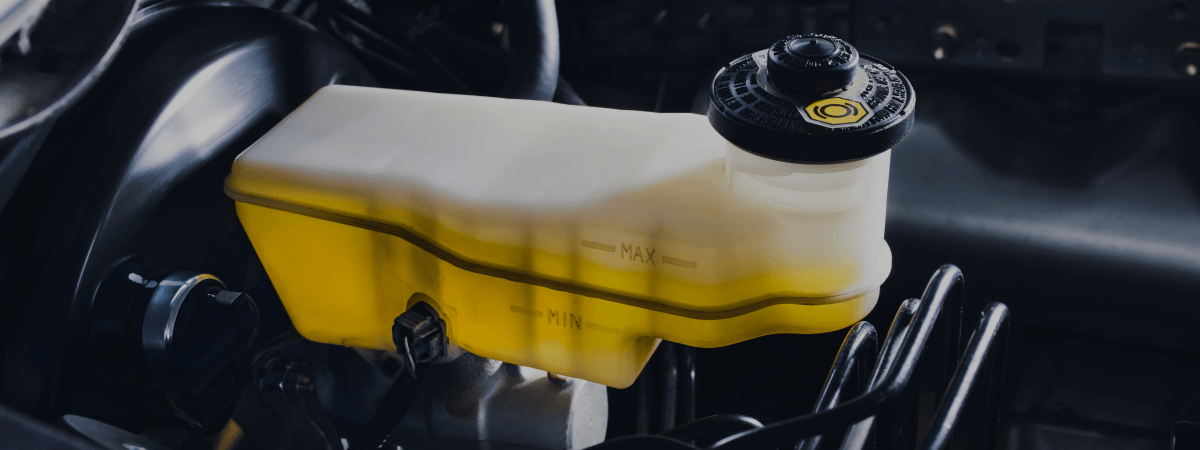
A camshaft sensor refers to a 3-wire hall effect switch usually placed at the front of the camshaft in the timing cover.
Though not all cars have their camshaft located in the front, some might have theirs somewhere along the camshaft axis.
What Is A Camshaft Sensor?
In recent internal combustion engines, the ECU (electronic control unit) controls the opening of the injectors, the timing phases (in variable-timing engines), and the spark production, depending on the position of the pistons in the cylinder.
The ECU uses the camshaft position sensor and crankshaft speed sensor to recognize the position of each piston in the cylinder.
The ECU then uses this information to perform piston position recognition (engine synchronization).
How Does The Camshaft Sensor Work?
The summary of the function of the camshaft sensor in your vehicle is that it allows the ECU computer to recognize the precise position of the camshaft.
This information is highly crucial and assists in calculating the ignition point of the fuel and its injection into the cylinder.
The information transferred by the camshaft sensor is essential for the beginning of the fuel injection and also selective control of the cylinders.
The camshaft sensor is a vital component that determines the operation or malfunction of your car. It informs the spark plugs to turn on the fuel.
If the camshaft sensor doesn’t work accurately, the car will back up, or sometimes, it will not even start at all.
Read more: Symptoms of a bad or failing camshaft position sensor
A thorough explanation of the role of the camshaft sensor in your vehicle is that during engine operation when pistons 1&4 are located at BDC, pistons 2&3 will be situated at TDC.
The summary of what BDC and TDC are is as follows:
BDC
- Is the point where the piston speed is zero
- Is the position in which the piston is closest to the cylinder head, and the axis of the connecting rod is in continuation of the piston axis
- Is the position of the piston, which corresponds to the lowest volume occupied by the motor fluid in the cylinder.
TDC
- Is the point where the piston speed is zero
- It is the position where the piston is furthest to the cylinder head, and the axis of the connecting rod is the continuation of the piston axis.
- Is the position of the piston, which corresponds to the highest volume occupied by the motor fluid in the cylinder.
In this scenario, when pistons 1 & 4 are at BDC, one piston is at the end of the compression stroke while the second piston is at the end of the exhaust stroke.
Ignition/injection will only occur at the piston’s end of the compression stroke.
In old engines with mechanical injection pumps (diesel) or mechanical ignition (petrol), the arrangement of the ignition/injection system with the position of the pistons in the cylinder is done automatically because of the direct mechanical connection with the crankshaft.
Whereas, in recent engines where the ECU controls ignition/injection, the arrangement is not automatic but must be performed using the information from the camshaft and crankshaft sensors.
Read also: Is it safe to drive with a bad camshaft sensor?
The piston position arrangement can be performed in two ways:
- By using only crankshaft sensor information (engine speed)
- By utilizing both crankshaft and camshaft sensors information
The advantage of the first method is that it does not require any extra position sensor on the camshaft.
However, the disadvantages are that if the crankshaft sensor fails (engine speed), the engine will not start.
Also, this method will have a greater engine start-up time. This method can’t be used on variable-timing vehicles because the camshaft sensor information is needed.
The second method, which requires using a camshaft sensor and a crankshaft sensor, the injection computer will determine which piston is on the compression stroke and which is on the exhaust stroke.
With this method, piston arrangement is faster, and in situations of vehicle position sensor failure, the degraded operation of the vehicle is ensured by the camshaft sensor.
Related Posts
Key Takeaways On average, passenger vehicle tires last 40,000 to 60,000 miles, depending on type, driving habits, and maintenance. Replace tires when tread depth reaches 2/32”, if damaged, or older than 10 years. Regular rotation, alignment, and proper inflation extend tire life. Aggressive driving, poor roads, and harsh weather shorten tire lifespan. Take advantage [...]
When you think about car maintenance, you probably focus on oil changes, tire rotations, and maybe even brake pad replacement. But what about your brake fluid? If you’ve ever wondered, “What does brake fluid do?” or “Why is brake fluid important?”, you’re not alone. Brake fluid might not be the most talked-about part of [...]
Is that high-pitched squeal from your brakes driving you—and everyone else—crazy? Don’t ignore it. Squeaky brakes aren’t just annoying, they’re your car’s way of saying something needs attention. Whether you're cruising through Salt Lake City or winding up Idaho’s mountain passes, here’s what’s likely going on, how you can fix it, and when it [...]





